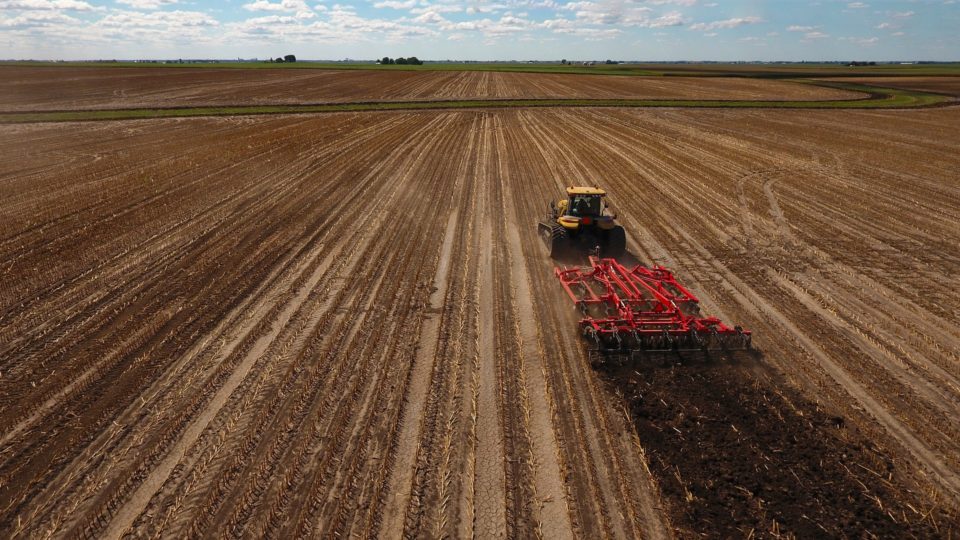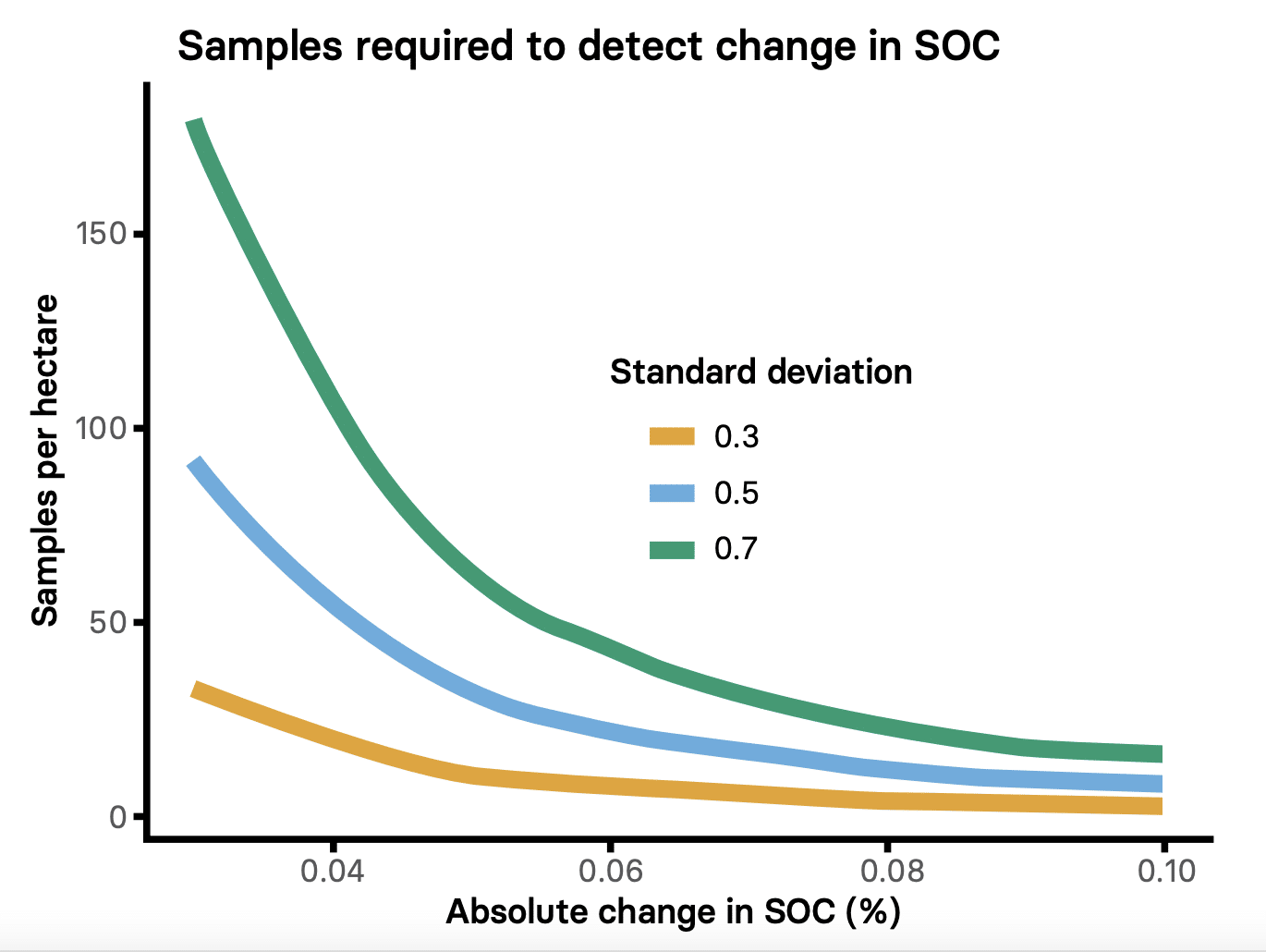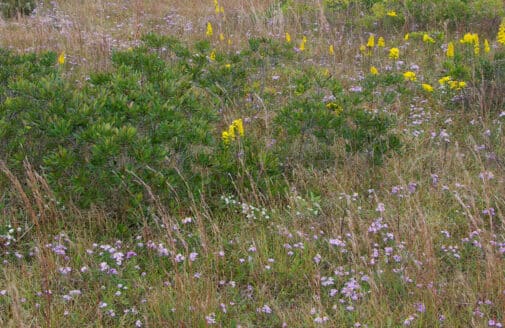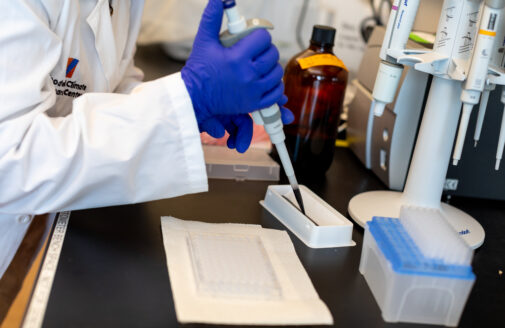Woodwell partners with EDF to assess and improve soil carbon markets
Review of credit protocols finds inconsistencies with measurement, reporting, and verification of net climate impact

Soils store at least three times as much carbon as all trees on Earth, but thousands of years of agriculture have degraded soils and released immense quantities of carbon. Restoring carbon in soils presents a major opportunity for mitigating climate change, and the growing realization of this fact has led to an explosion of interest in soil carbon markets that would pay farmers and landowners for carbon capture and storage. Due to the difficulty of measuring soil carbon, credits for soil carbon sequestration currently lack comparability and consistency, which creates uncertainty in soil carbon markets. Efforts are underway, however, to improve the quality of credits and help realize the full greenhouse gas mitigation potential of agricultural soils.
In a new report—Agricultural Soil Carbon Credits: Making sense of protocols for carbon sequestration and net greenhouse gas removals—Environmental Defense Fund and Woodwell Climate Research Center reviewed the 12 published protocols used to generate soil carbon credits through carbon sequestration in croplands. The protocols take different approaches to measuring, reporting and verifying net climate impacts, and to managing the vital issues of additionality, reversal and permanence. The result is a confusing credit marketplace where it is difficult to compare credits or guarantee climate benefits have been achieved.

Above: A traditional power analysis at 95% confidence shows the large number of samples needed to detect small changes in soil carbon given different levels of field variability on a 50-hectare farm.
“As addressing climate change becomes ever more urgent, we’re seeing a gold rush of investment in soil carbon credits. The stakes for the climate and farmers are extraordinarily high,” said Dr. Emily Oldfield, lead report author and agricultural soil carbon scientist at EDF. “Agricultural soils could remove 4-6% of annual U.S. emissions. We need credible, consistent and cost-effective measurement and verification to know with confidence that soil carbon credits are moving us toward that target.”
Soil carbon remains difficult to monitor for a variety of reasons. Scientists don’t yet have a clear understanding about how on-farm conservation practices like planting cover crops and reducing tillage influence both the amount and longevity of new carbon sequestration. Detecting soil carbon changes over time requires a high number of samples, which are costly to collect and analyze, and may need to be collected from different soil depths depending on soil type and conservation practices used.
“There are exciting new research efforts and technological developments underway that will greatly reduce the cost of verifying soil carbon credits,” said Dr. Jonathan Sanderman, contributing report author and associate scientist at Woodwell Climate Research Center. “Increasing accuracy at scale, while still being able to pass on most of the value of a carbon credit to the farmer is critical to ensuring functioning carbon markets.”
Public and private sector efforts are underway to improve measurement technologies and methods and to set unified standards for high-quality agricultural carbon credits.
This report underscores the need for guidelines for high-quality soil carbon credits that accurately represent carbon sequestration and net greenhouse gas removals.
“Guidelines for soil carbon credits will be crucial for ensuring business investments generate real and durable climate benefits,” said Katie Anderson, senior manager for EDF+Business. “In the interim, businesses need to reduce emissions at the pace and scale that the science demands.”
Agricultural soils can contribute meaningfully to climate mitigation and resilience efforts. Once guidelines and standardization between protocols are in place, the enthusiasm for soil carbon credits can be channeled productively toward slowing the rate of climate change and adapting to impacts that are already here.







